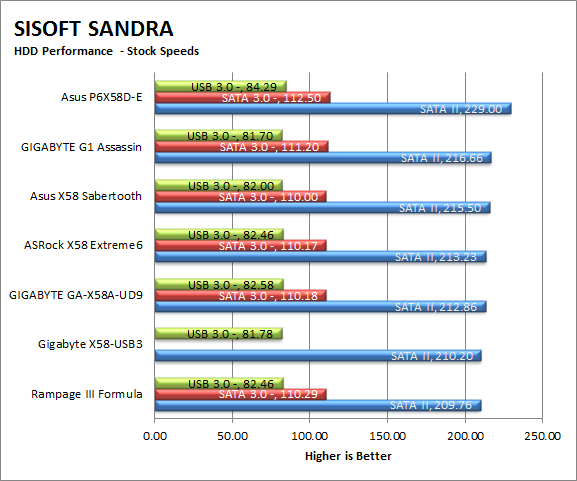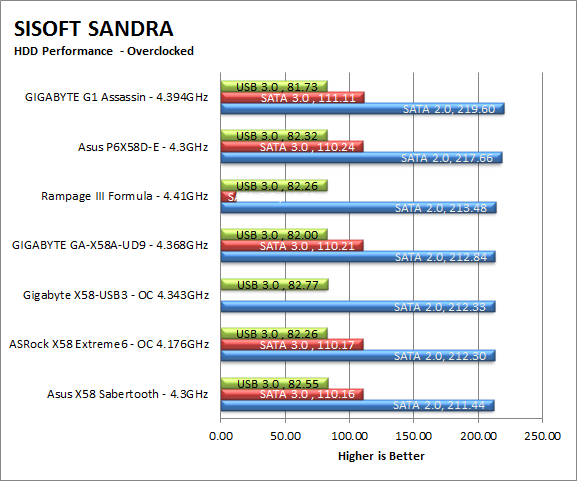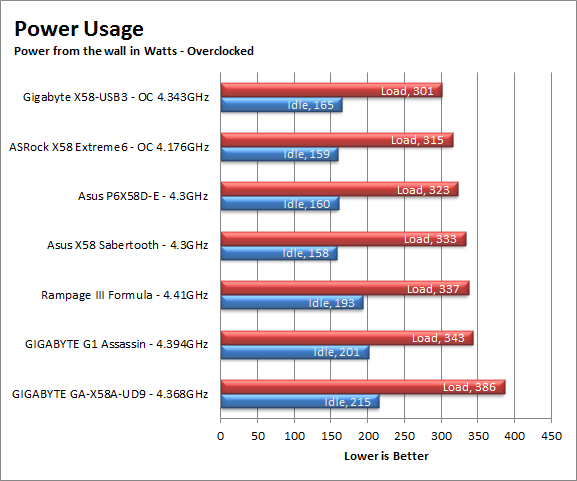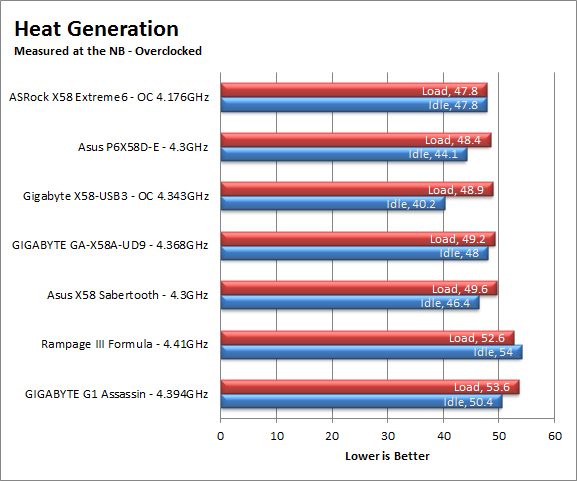Performance testing overview -
Our testing is a little different than most. We combine both synthetic and real-world applications to simulate the types of performance common to the individual products. For motherboards this means that we run roughly six synthetic tests and two real-world. We will be expanding the real-world testing in the near future. But there is more to performance than just the raw numbers. As there are multiple components and sub-components on a motherboard there each item can have a distinct impact on the way the product will perform once you get it in your system. It is important to note not only the actual results but what they mean to you as a potential consumer. We will try to give this information to you. But we do not just cover the performance aspects that are measurable. We also talk about the components that might not have a direct benchmark. These are items like Audio Quality, ease of use and installation.
Section 1 Subsystems -
Memory -
Memory performance is very important on a motherboard, especially when you have a CPU with multiple cores and threads. If you have slow memory your cores and threads can become starved for data to execute. To test memory performance we run both Sisoft’s SANDRA and Everest Ultimate. These two combine to not only give us accurate numbers but to validate each other. For testing at stock speeds the memory is hard set to 1333MHz while overclocking testing is done at the highest stable speed for the voltage of 1.65v this is due to the different memory dividers for each CPU. As such, the memory speeds will vary greatly. This means that the overclocked numbers are a little misleading and while they can show a trend are really only included to show if a board has a problem with memory performance at high clockspeeds.

For normal every-day usage the X58-USB3 is a little slower than your average X58 board. Thankfully it is not by that much but we should still be concerned about performance in items that require moving large amounts of code back and forth from the HDD to the CPU. Or that need to buffer large amounts of data in queue waiting to be worked on by the CPU.

When we kick the CPU up to 4.3GHz we fine that the memory speed increases. However, the same is true of all of the other boards we have tested so the X58-USB3 still sits at the bottom of the hill.

AIDA64 seems to indicate that we could be looking at a latency issue as the latency is a little higher than we would expect with this kit of RAM on an X58 board. Remember systems that have a CPU with an Internal Memory Controller are much more affected by issues with Latency than a system that still relies on a Northbridge to do all the heavy lifting.

Drive performance -
Drive performance is also one of the major subsystems that goes to make up the performance of a motherboard. For our testing we use Sandra and Everest again. We only test with single drives for each type of controller present on the motherboard (unless it is a professional product where we will use RIAD 5 and/or 10). We have also begun using a Seagate PS-110 USB 3 external HDD for our USB 3.0 performance. As a side note, we include the overclocked numbers here to make sure (again) that you are not going to see a major drop in performance due to minor instabilities at high clock speeds.

Drive performance is also towards the bottom of the pack, but it is not outside the expected performance range for an X58.

AIDA64 shows us the same expected performance envelope for HDD and USB 3.0 performance; really nothing interesting to see here.
 |
 |
 |
 |
Power -
Power efficiency is another of those misnomers that we get caught up in. We hear about idle states and power gates. But what does that mean to you and I? On the surface having power management that reduces idle power sounds great and can be a benefit to someone that leaves their system on for long periods of time (and inactive) but how a system handles power under load and the delta between the two states is often more important than the idle power usage numbers. We use only P3 Kill A Watt instruments for measuring power.

Our power usage testing finds the X58-USB3 in the middle of the pack. It pulled a little over 280 Watts from the wall under full load (CPU and GPU). Again this is about what we would expect from this level of motherboard. You might be able to knock this number down a bit with the Dynamic Energy Saver 2 application but more than likely you will still be in this range no if you are working with the same hardware we did.

Cooling (Board Level) -
Board level cooling is an important factor in product performance and longevity. Components like the chipset, VRM modules and even capacitors need to be kept relatively cool to prevent failure. As these parts are made of silicon, they have a thermal breakdown threshold; or melting point. At that temperature the actual transistors built into chip will begin to deform and break down. Granted, the threshold is often very high, but you still need to make sure that components stay away from this level of heat for longer product life.

The cooling on the X58-USB3 is sufficient especially if you have this board in a case and are also using air cooling. It is not the best cooling you could hope for but then again it is also not at top-end board and is also not intended for massive overclocking.

Audio -
Audio is highly subjective. What we find pleasing may sound “off” to you. That is always going to the problem with testing audio; results will vary too widely depending on the tastes of the listener. However, there are ways of measuring the audio output with an objective ear. There is also the issue of audio causing performance issues in gaming and video playback. The reason this is a potential source of concern is that all onboard audio CODECs (Compression/Decompression) are CPU controlled. This means that while the audio chip controls the audio levels and effects of the audio the actual work is done on the CPU. Usually this will not be a problem with today’s powerful CPUs. Even the lower and consumer level products can handle high-end audio these days. But again there is the chance that a bad design or software will hinder your system and performance. On the other side the limits of board space, cost, etc will also prevent the level of audio quality you can get from an add-in board. We test all audio parts with three media types, Movie (DVD), MP3 Music, and Gaming. These are pushed to our Tec On model 55 Tube Amp to see if we can detect any signal issues in the reproduction.
The audio on the X58-USB3 is not bad. It is sufficient for most things you would want to use it for. Even during gaming it was acceptable. It is not going to pass muster for a true audiophile (to me it is a little thin and reedy but I am picky) but it will do what you want it to.
Networking -
This one is something that is a requirement anymore. If you have a computer, the chances are good (like 99%) that you are also connected to high-speed internet. With this you need a good and solid LAN chip to make sure that your data flows properly out and back.
The networking on the X58-USB3 is provided by our old friends at Realtek. You get the usual Gigabit Ethernet connectivity. Again it will do what you want it to but I would not expect any kind of enthusiast or enterprise level of performance here. It does have what it takes to meet some of the prosumer demand but I would imagine that even then you would have a few issues moving multiple large files.




